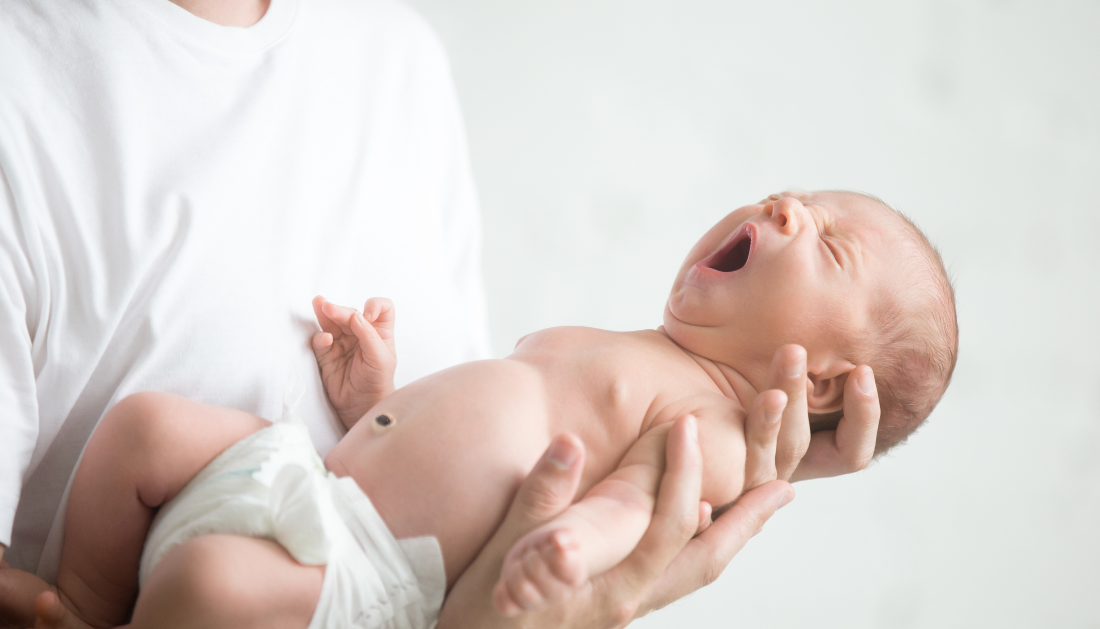

A study of more than 50 babies up to the age of two in Africa, Asia, North America, and South America has significantly increased evidence that giving antiretroviral therapy (ART) to newborns with HIV within the first days of life, rather than weeks or months, can safely suppress HIV levels in the blood to undetectable levels. The study’s findings, co-led by Johns Hopkins Children’s Center physician-scientist and researcher Deborah Persaud, M.D., and funded by the National Institutes of Health (NIH) and the International Maternal Pediatric Adolescent AIDS Clinical Trials Network, were published in the journal The Lancet HIV on December 4th.
HIV (human immunodeficiency virus) is a virus that targets the immune system. Although there is no cure for HIV-related sickness, ART can help contain the virus and keep it from advancing to AIDS, the most severe and potentially fatal stage of HIV infection. According to the World Health Organization, a pregnant person with HIV who is not getting ART has a 15% to 45% chance of spreading HIV during pregnancy, childbirth, or breast-feeding. If HIV-positive women receive ART, this risk drops to less than 1%. HIV affects around 1.5 million children worldwide.
In 2013, Persaud, now the director of the Children’s Center’s Eudowood Division of Pediatric Infectious Diseases, was part of a research team studying the Mississippi baby case, which was thought to be the first documented case of HIV remission in a child born with the virus. The kid, who received ART within 30 hours of birth, remained HIV-free for 27 months after ceasing ART.
According to Persaud, a professor of pediatrics at Johns Hopkins University School of Medicine, standard treatment of babies with HIV typically begins at the age of 2 to 3 months, often due to delays in test results — particularly outside of the United States, in countries where the HIV burden is highest and ART drugs are scarce. Anemia, nausea, vomiting, and diarrhea have been reported as ART adverse effects.
Persaud and the clinical trials team are attempting to replicate the case of the Mississippi baby by starting infants on “very early treatment,” defined as within the first 48 hours of birth, which they believe halted the formation of hard-to-treat viral reservoirs — cells that carry genetic material of latent viruses and are unreachable for antiviral drugs, allowing HIV to survive in the body for life.
“We sought proof of the concept that if you can safely treat babies with a three-drug regimen within 48 hours of life, you can limit the buildup of these reservoirs and get them to very low levels that may lead to ART-free remission, where the virus doesn’t come back quickly if the ART is stopped,” Persaud said.
From January 2015 to December 2017, the team enrolled 54 babies into two groups at 30 sites in 11 countries, predominantly in Sub-Saharan Africa but also in Brazil, Thailand, the United States, and other places.
Within two days of birth, one group of 34 infants (23 females and 11 boys, whose mothers had HIV and were not on ART throughout pregnancy) were started on a three-drug oral ART regimen of azidothymidine (AZT) or abacavir, lamivudine (3TC), and nevirapine. All of the medicines have previously been shown to aid in the prevention of HIV transmission to babies.
The second group of 20 infants (10 girls and 10 boys, whose mothers had HIV and were on ART during pregnancy) began the same three-drug regimen shortly after birth, but with a lower dose of nevirapine. Once enrolled in the study, they were moved to the identical study regimen as the first group by 10 days of age.
A fourth medicine, lopinavir-ritonavir, was also added to the regimen for all babies who tested positive for HIV after 14 days of age, an age considered safe for the treatment’s administration based on earlier research. During this phase of the study, both groups of infants were on ART for the first two years of their lives.
“Overall, these four drugs are not the most potent ART regimen, but they were the only drugs approved for the prevention of HIV in newborns at the time of the study,” Persaud said.
Researchers calculated that babies had a 33% chance (group 1) or a 57% chance (group 2) of obtaining and sustaining undetectable plasma HIV levels in their blood after the age of two years.
At the end of the research period, 83% of participants in group 1 and 100% of participants in group 2 tested negative for HIV antibodies, while 64% in group 1 and 71% in group 2 had no detectable HIV DNA. Among the 54 infants who got very early ART, 19% satisfied all of the study’s criteria for becoming eligible to discontinue therapy in the trial’s later stages.
“If you treat at 2 to 3 months of age, when most children start a regimen, very, very, very few kids would actually get to this undetectable stage by 2 years of age,” Persaud said. “It would actually take them until 5 years of age and older to get to a low HIV DNA level, and it’s never to this undetectable level.”
According to the researchers, the majority of participants in both groups could not be followed until the end of the study period, owing to their virus not being suppressed to undetectable levels, most likely due to a lack of daily adherence to the medication.
To be included as trial participants, researchers had to be able to diagnose HIV in the infants within a specific time frame and follow them at regular intervals. The team agreed that similar techniques could be feasible in future clinical research related to early baby diagnosis and treatment, but they remain difficult in clinical care settings due to a lack of testing availability and other constraints. As a result, the researchers believe that these methods should be prioritized for HIV testing programs worldwide.
The investigators believe their study shows that very early ART is safe and is key to suppressing HIV to undetectable levels during early childhood periods of rapid growth. Persaud says a very early treatment strategy is a first step toward getting more infants in a good place for remission so they can be kept off of anti-retroviral drugs for longer periods, and they won’t need to face the stigma still in place in many settings regarding taking HIV medicine every day.
Persaud says that as the experiment progresses, the team will assess newer and more successful treatment regimens and discuss findings from its research on ART-free remission in newborns.
more recommended stories
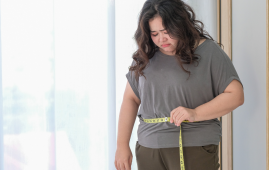 Brain Pulsations Linked to High BMI
Brain Pulsations Linked to High BMIAccording to a new study from.
 Brain Age Estimation: EEG Advancements in Neurology
Brain Age Estimation: EEG Advancements in NeurologyTo estimate brain age using EEG.
 Unlocking Ketogenic Diet for Epilepsy Management
Unlocking Ketogenic Diet for Epilepsy ManagementExploring the Therapeutic Potential of Ketogenic.
 Senescence in Neurons: Findings
Senescence in Neurons: FindingsBased on a new study by.
 Balanced Diet Linked to Enhanced Brain Health
Balanced Diet Linked to Enhanced Brain HealthDiet and brain health are strongly.
 Acid-Reducing Drugs Linked to Higher Migraine Risk
Acid-Reducing Drugs Linked to Higher Migraine RiskIndividuals who utilize acid-reducing drugs may.
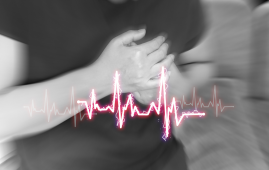 Atrial Fibrillation in Young Adults: Increased Heart Failure and Stroke Risk
Atrial Fibrillation in Young Adults: Increased Heart Failure and Stroke RiskIn a recent study published in.
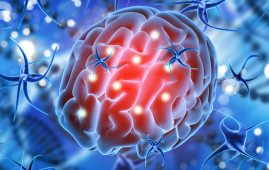 Neurodegeneration Linked to Fibrin in Brain Injury
Neurodegeneration Linked to Fibrin in Brain InjuryThe health results for the approximately.
 DELiVR: Advancing Brain Cell Mapping with AI and VR
DELiVR: Advancing Brain Cell Mapping with AI and VRDELiVR is a novel AI-based method.
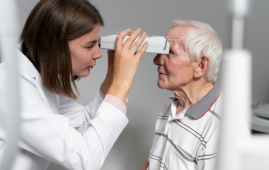 Retinal Neurodegeneration in Parkinson’s Disease
Retinal Neurodegeneration in Parkinson’s DiseaseBy measuring the thickness of the.

Leave a Comment